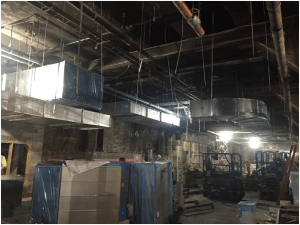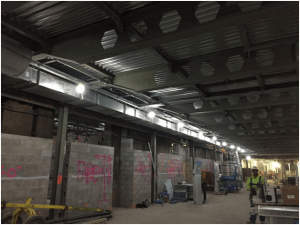Ducting is an essential component of many HVAC systems, used to move air around a building either to distribute heated or cooled air or to extract fumes. It comes in many different types, and one of the most commonly used types is spiral ducting, but why is this so and what advantages does it offer?

Spiral ducts are usually made of metal, aluminum or steel, and can be easily fitted using readily available components like band clamps. They typically come in standard lengths which are easily joined, or you can specify custom ducting in any size, as needed for your application.
Green option
The round shape of spiral ducting helps to lessen the chance of pressure drop within the system. This means higher airspeeds. These ducts help to cut down on leakage too, with fewer joints, and therefore they offer a saving on the amount of energy needed to drive the system’s fans.

A spiral duct from a supplier like https://www.dustspares.co.uk/ductwork-parts/galvanised-steel-spiral-duct.html is also light and strong, meaning you can also save on transport, handling, and installation costs. Because it’s light, it needs fewer hangers than traditional, fabricated metal ducting. It’s available in different sizes and shapes too, so for example, an oval duct may be easier to fit into a given location. If you need insulated ducting, it’s possible to wrap your spiral ducts in insulation more easily than it is with a square one. You can also sandwich insulation between layers of ducting if required.
Because spiral ducts can have a quite attractive appearance, it may be that you choose to leave them exposed rather than boxing them in or fitting them above a suspended ceiling, turning the duct itself into an architectural feature. It can even be painted if you wish to make it look less obtrusive – or even if you want to make it stand out.
Low maintenance
Maintaining an HVAC system can be a significant cost for businesses and the use of spiral ducting can help here too. There are no flat surfaces to trap and hold dust and other debris.
It’s easier to monitor airflow on a spiral ducted system too, as only two holes are needed rather than the multiple ones required with a square system. Spiral ducts are naturally less prone to noise and leakage too.
